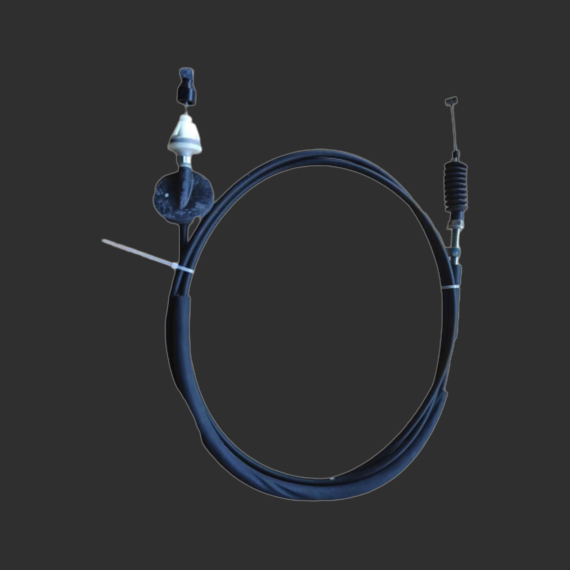Understanding Cable Throttle Pedals and Their Impact on Vehicle Performance
Understanding Cable Throttle Pedals A Comprehensive Overview
In the world of automotive engineering, the throttle pedal plays a crucial role in controlling a vehicle's power and acceleration. Among the various types of throttle systems, cable throttle pedals have been a longstanding choice, particularly in older vehicle models. This article aims to explain how cable throttle pedals work, their advantages and disadvantages, and their relevance in today’s automotive technology.
A cable throttle pedal operates on a straightforward mechanical principle. When the driver presses down on the pedal, it pulls a cable that is connected to the throttle body of the engine. This cable linkage directly controls the opening of the throttle plate, allowing air to enter the engine and thus regulating the engine's power output. The simplicity of this system has made it a popular choice, especially in traditional gasoline engines.
One of the main advantages of cable throttle pedals is their reliability
. Because they rely on a direct mechanical connection, they are less susceptible to electronic failures compared to their drive-by-wire counterparts, which use sensors and electronic signals to control throttle opening. This mechanical reliability often translates to lower maintenance costs and fewer electronic components, making it easier for mechanics to troubleshoot issues.cable throttle pedal

Moreover, many drivers prefer the tactile feedback that cable throttle systems provide. The direct mechanical connection allows for a more immediate and intuitive response. Enthusiast drivers often appreciate the feel of the vehicle's throttle response, especially in performance or racing applications. The connection between the driver's input and the engine response can create a more engaging driving experience.
However, cable throttle pedals come with their set of drawbacks. The most significant downside is the limitations in fine-tuning. Unlike electronic throttle control systems that can adjust the throttle position based on a variety of parameters (such as traction control and adaptive cruise control), cable systems tend to provide a linear response that may not be as adaptive to varying driving conditions. This can result in less efficiency and less control in modern driving scenarios.
Today, many manufacturers are moving toward electronic throttle control systems due to their enhanced versatility and integration with advanced driver-assist systems. However, cable throttle pedals are not entirely obsolete. They remain common in budget-friendly vehicles, classic cars, and in specific niche applications where simplicity and reliability are paramount.
In summary, while the cable throttle pedal may seem like a relic in the rapidly advancing world of automotive technology, it retains a significant place in the hearts of many drivers. Understanding its mechanics and implications allows enthusiasts to appreciate the balance between old-school engineering and modern automotive advancements.
-
Workings of Clutch Pipe and Hose SystemsNewsJun.04,2025
-
The Inner Workings of Hand Brake Cable SystemsNewsJun.04,2025
-
The Secrets of Throttle and Accelerator CablesNewsJun.04,2025
-
The Hidden Lifeline of Your Transmission Gear Shift CablesNewsJun.04,2025
-
Demystifying Gear Cables and Shift LinkagesNewsJun.04,2025
-
Decoding Clutch Line Systems A Comprehensive GuideNewsJun.04,2025
